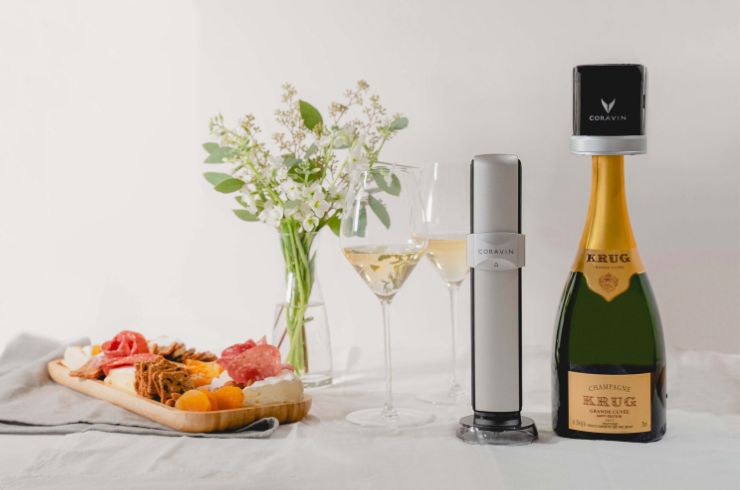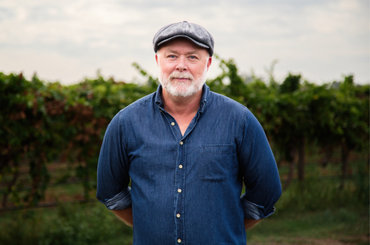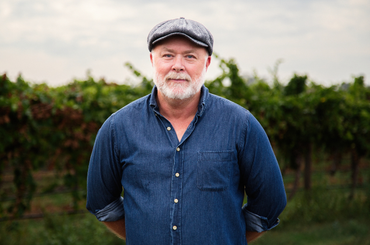There is strong argument to support the statement that no single grape variety has done more to propel Australian wine onto the world stage than shiraz. I’d hazard a guess that if we were to play a word association game with any number of wine consumers, it would be the first variety to pop into their head. It is a grape variety intrinsically linked to our land. For many, shiraz was the introduction to Australian wine and it continues to hold a special place in their hearts.
A word of thanks here to Joseph Banks, James Busby and John MacArthur, whose colonial botanical endeavours paved the way for the Australian wine industry, coupled with a fair share of antipodean good luck that meant the majority of our premier wine regions were spared from the ravages of phylloxera, which destroyed the vines of Europe from the 1860s.
The upshot is that Australia boasts some of the oldest still-producing shiraz vines in the world, all names that resonate strongly with wine drinkers everywhere. Think Hill of Grace (1860s), Langmeil (thought to be 1843), Turkey Flat (1847), Poonawatta (1880), Tahbilk (1860), Best’s (1868), Wendouree (1893), Metala (1891), Stevens ‘Old Patch’ (1867), Tyrrell’s 4-Acres (1879) and Johnno’s (1908) to name a few. We are indeed a lucky bunch.
The Barossa is one region that is particularly rich in these gnarled old vines, so much so that vine age has been codified into the Barossa Old Vine Charter with the following categories: Old Vine (35+ years), Survivor Vine (70+ years), Centenarian Vine (100+ years) and Ancestor Vine (125+ years).
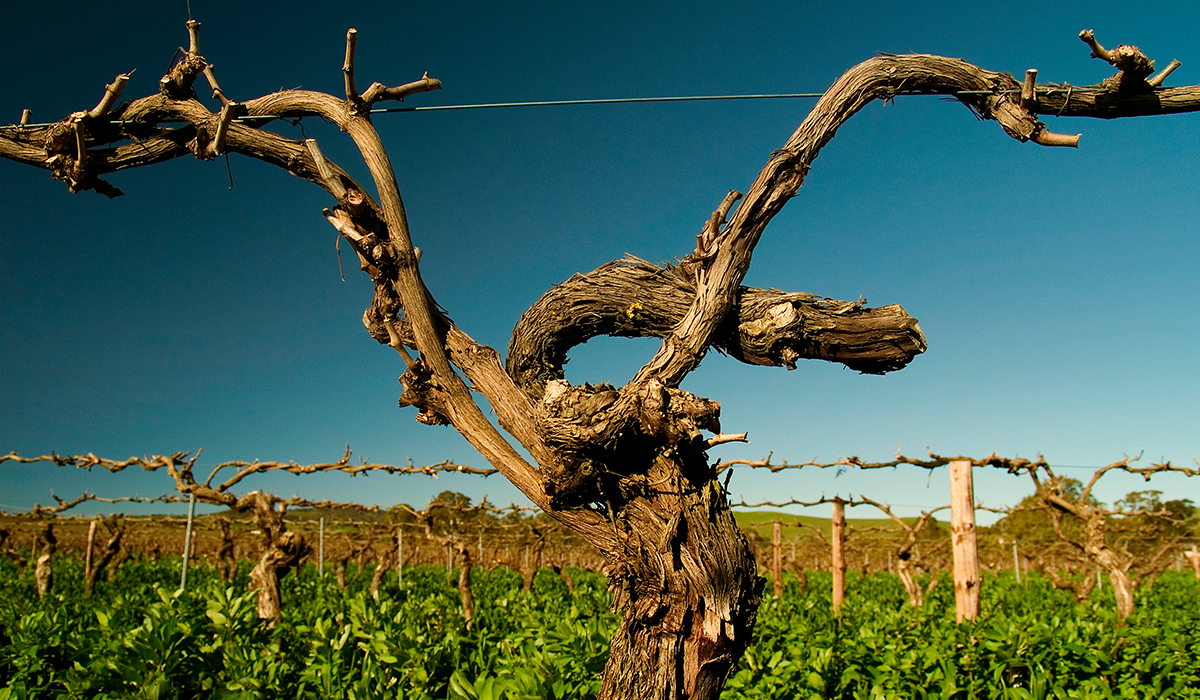
With over 100ha of Centenarian vines (82 per cent on their own roots) and just over 12ha of Ancestor vines (88 per cent on their own roots), it is no mystery why the region garners much praise for both their wines and vinous bloodline. Of course, in the early days, these grapes made their way to fortified production and we should pay homage to those pioneers of table wine production.
A tip of the hat also to Maurice O’Shea (Mount Pleasant) and Max Schubert (Penfolds Grange), whose tenacity and vision dragged Australian shiraz from a bit player in fortified wines to centre stage as a table wine producer, laying the paving stones for its foundation today.
Today, there is certainly no shortage of iconic Australian shiraz wines that have forged a reputation with consumers and collectors, but two stand apart: Penfolds Grange and Henschke Hill of Grace. Both stunning expressions of the grape variety and an example of duality of style.
Penfolds Grange, a multi-regional blend where the whole is seemingly more than the sum of its parts – this a complete wine and a masterful example of blending. The Henschke, on the other hand, is a pure expression of an ancient single vineyard, the oft-photographed, 1860s-planted Hill of Grace with its famous backdrop of the Gnadenberg church in the Eden Valley. Two different philosophies, two stellar, world-class wines.
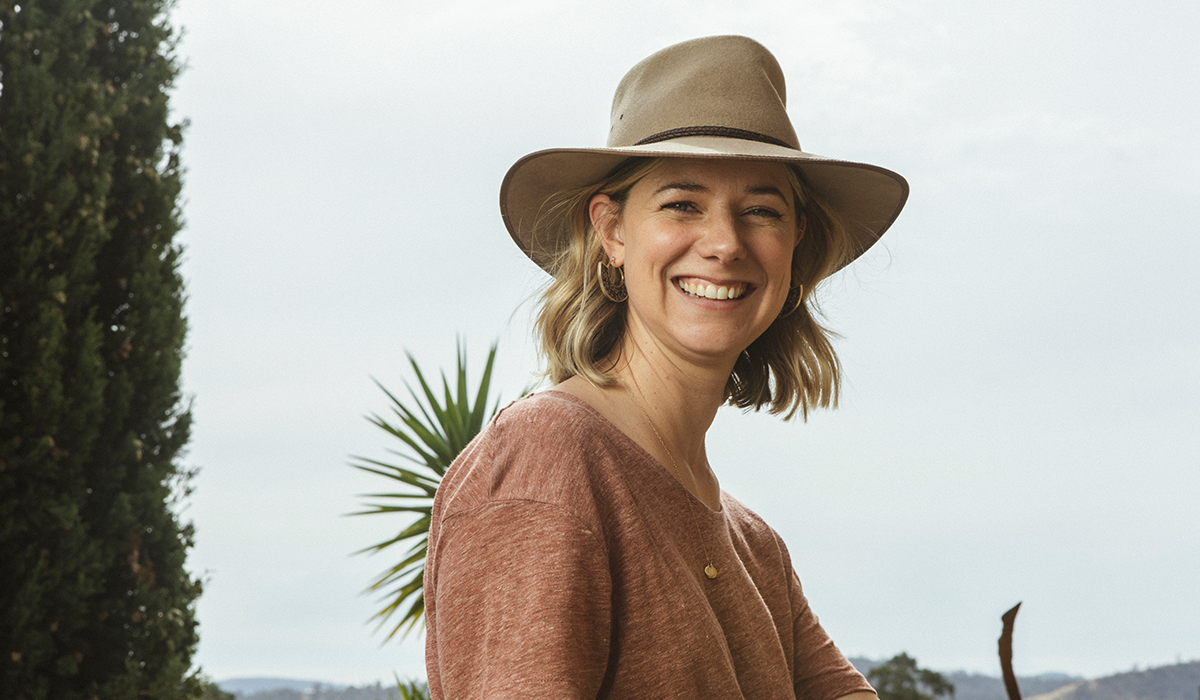
As the Australian shiraz journey evolved there were fashions and fads and the odd atrocity (I’m looking at you, South Australian Government vine-pull scheme of the mid-80s), but we came through pretty well. We had the high-octane Robert Parker ‘wine for heroes’ phase: big, bruising, glass-staining affairs with high alcohol and price-tags to match. At one point, it seemed every winemaker and his blue heeler were making a shiraz/viognier blend, but the needle again balanced and pedigree shone through with the likes of Castagna, Serrat, Standish, Torbreck, Yalumba and of course, Clonakilla (which just celebrated its 50th anniversary), leading the way.
Today, despite hiccups in export markets and concerns with oversupply, Australian shiraz has never been in better shape. The word diversity gets thrown around a lot, but it is not without good reason. Shiraz thrives across most wine regions from east to west, warm to cool and across all price tiers from cheap to gasp-inducing. All styles are covered from traditional to natty, big and bold to the lighter, diaphanous nouveau/joven wines that eschew oak and focus on purity of fruit.
Diversity at the regional level also thrives with regions such as the Barossa showing increased stylistic chiaroscuro, with less reliance on percussive oak and a wide spectrum of wines from classic to spacious and detailed. A lot of these changes have much to do with Australia maturing as a wine country, becoming more connected to the land we farm and the ebbs and flows of season and site.
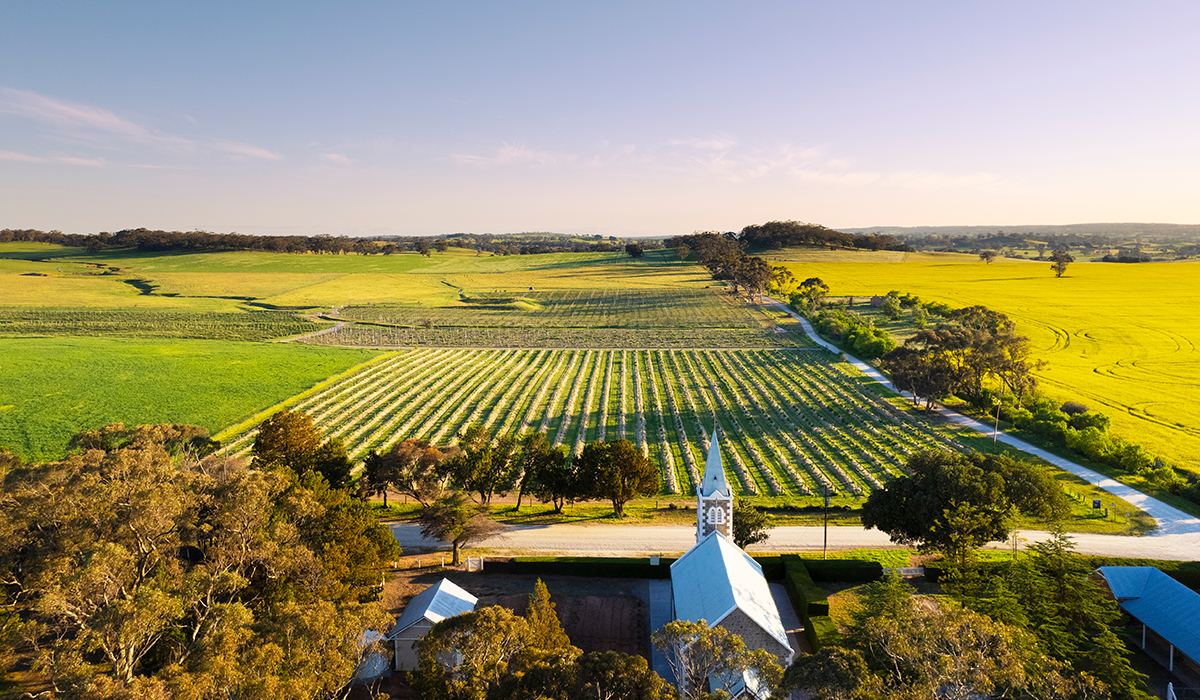
The influx of small wine importers in the late ’90s to early ’00s exposed winemakers to many new shiraz wines that had previously not passed across their field of vision, prompting innovation and experimentation in the cellar. The ‘natural wine movement’, despite all the hand-wringing and ensuing thought pieces, played a role in fostering diversity in our shiraz offering – and that is a beautiful thing.
We’ve certainly got a handle on the use of whole bunches in the past decade or so, and with that comes additional spice and textural complexity. Winemakers such as Luke Lambert (Luke Lambert Wines), Fraser McKinley (Sami-Odi), Peter Schell (Spinifex), Gary Mills (Jamsheed), Gareth Belton (Gentle Folk), Ben Gould (Blind Corner), Nick O’Leary (Nick O’Leary Wines) and Michael Downer (Murdoch Hill) produce stellar examples.
There is no question whether our farming has improved. We are looking after the land in an increasingly holistic fashion, opting for sustainable, organic and biodynamic rather than the crutch of chemical intervention. We are becoming more attuned to the rhythms and needs of our land. We are learning to truly value our old vine resources, incorporating soft pruning practices to increase sap flow and combat necrosis and fungal diseases in wood. We are looking towards the future viability of our treasured shiraz assets.
Having the luxury of being able to glance at recent results of shiraz tastings across all the members of the Halliday Tasting Team has only reinforced the optimism regarding our most famous grape variety.

Stunning wines from a plethora of wine regions spanning our land, the overachievers at sharp price points, the jaw-dropping beauty of our world-class icon wines and the surprise regions coming to the fore. Re: surprises, that’s Tasmania and Western Australia. From the former, fine, filigreed wines from Ossa, Pooley, Moorilla Estate, Meadowbank and Haddow + Dineen show that shiraz from the Apple Isle should be on everybody’s radar. And in the west, wines from Aravina, Juniper Estate, Frankland Estate, Deep Woods and Swinney highlight the breadth of styles and the fact that shiraz in the west has truly come of age.
As expected, the icons continue to set the shiraz benchmark: Henschke, Penfolds, Brokenwood Graveyard, Mount Pleasant, Tyrrell’s, Yarra Yering, Best’s, Torbreck, Tahbilk. Names that are likely to be familiar to all. The next layer is exciting, with many producers crafting beautiful wines: Nick O’Leary, Sami-Odi, Spinifex, De Iuliis, Thomas, Head, Standish, Aravina, Koomilya, Greenock Creek, Hentley Farm, Chris Ringland and Jamsheed, to name a few of the many stars.
And then there are those to keep an eye on in the future.
Kate Hill (Tas), Site Wine (Vic), Soumah (Vic), World’s Apart (SA), Ben Haines (Vic), Quiet Mutiny (Tas), Sven Joschke (SA) and Paul Nelson (WA) are all crafting wonderful expressions of the grape.
There is no doubt, shiraz is still Australia’s most loved and, indeed, most famous grape variety, and given the breadth of styles on offer from today’s producers, it’s hard to see this waning as we look to the future.

